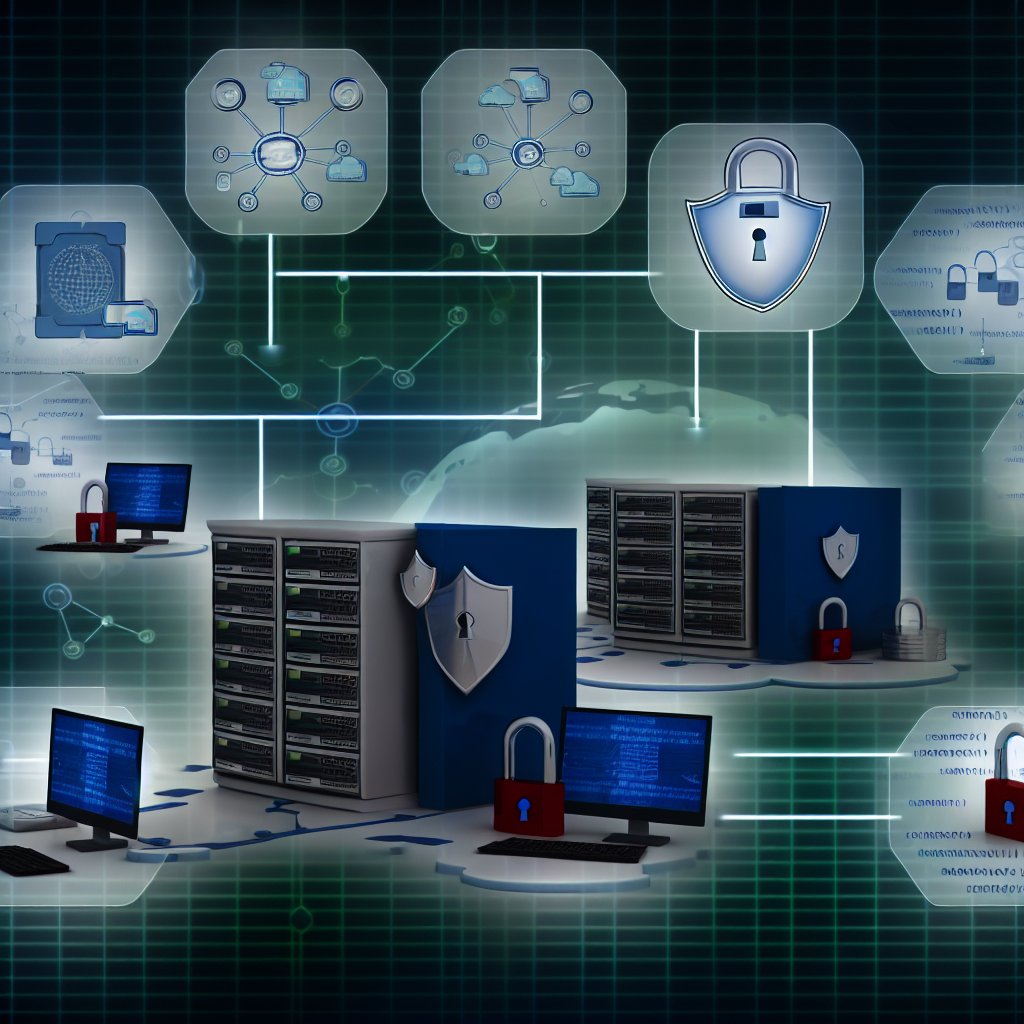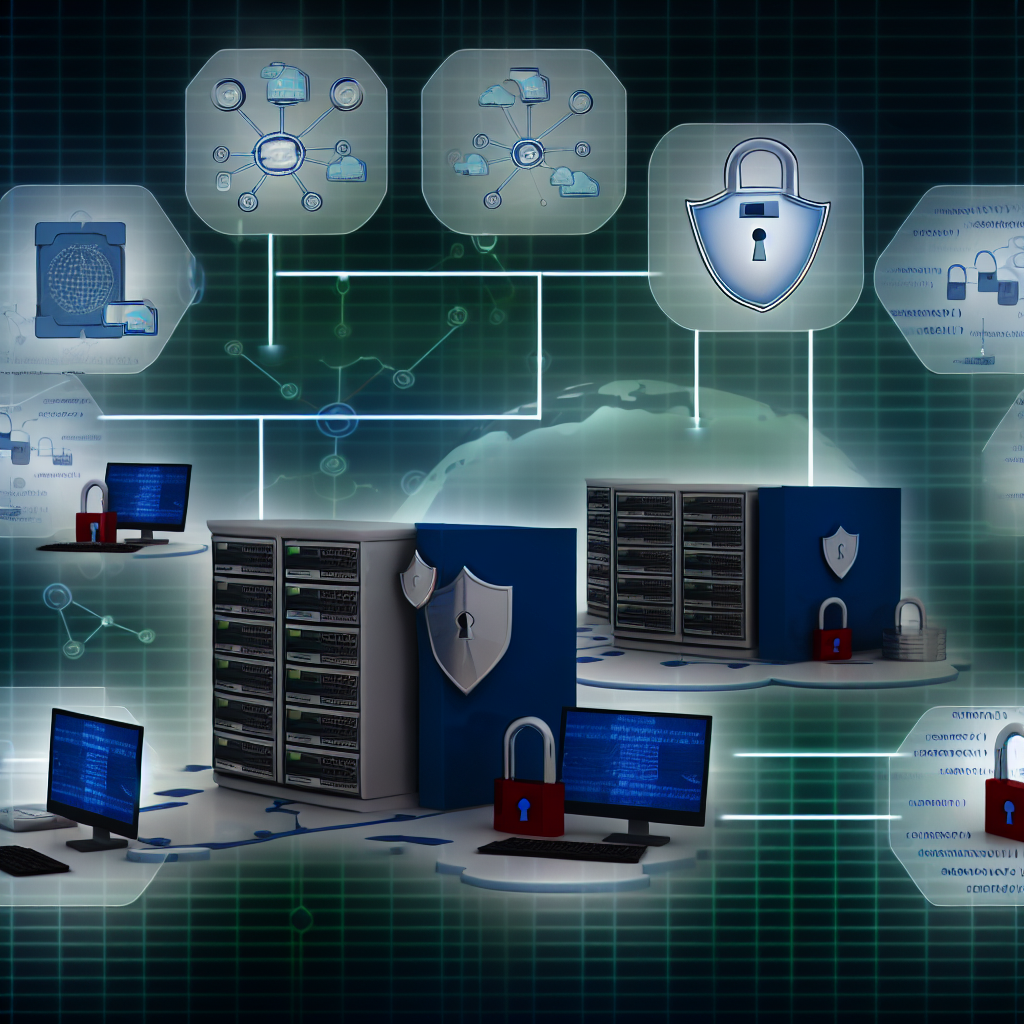Overview
This document elaborates on the existing NCSC Cyber Security Guidelines for Major Events. It is essential to read the associated guidelines prior to this document and addresses fundamental topics including governance, risk assessment, incident management, testing, and conducting exercises.
In this guidance, we will concentrate on analyzing cyber risks, selecting suppliers, and the processes for ensuring security. The advice encompasses both the physical and virtual elements of high-profile conferences, which are susceptible to threats due to their visibility, and any incidents could have a severe impact on reputation.
Conferences often occur in public spaces and may involve content that is not sensitive. As such, these events sometimes receive inadequate attention from a cyber security perspective.
This potential neglect is perilous since a breach at a high-profile event can lead to significant disruptions and reputational harm.
If you acknowledge the importance of cyber security for conferences, the next step is to identify the cyber risks associated with your event. This will be explored in the following section.
With a comprehensive understanding of the threats you face, you can devise strategies for risk management, integrating security expertise as necessary. Subsequent sections will focus on mitigations and their evaluations.
Important Risk Considerations
Identifying Cyber Risks
The nature of the conference topics and the profiles of attendees will affect the threats facing the event. This assessment will dictate the required security measures. An important first step is to evaluate the specifics of your conference and identify potential threat actors.
The NCSC website serves as a valuable resource for current threat information. Additionally, sector-specific guidelines are available for small businesses, charities, and board members. More detailed information is accessible to CiSP members, and in some cases, it’s possible to sponsor an event-specific NCSC threat assessment.
Next, we will review key aspects of event security.
Disruption by Uninvited Guests or Misconduct
Numerous publicized cases exist of disruptions during video conferences. To mitigate this risk, effective identity verification measures are essential.
Utilizing strong authentication methods, such as multi-factor authentication, is advised, particularly for presenters. If this is unfeasible, the meeting organizer ought to securely share passwords with participants.
Organizers should verify the identities of all participants beforehand and confirm these credentials before allowing entry for those waiting in a virtual lobby.
Any unverified participants should be expelled if necessary. Additional recommendations can be found in Video Conferencing Services: Security Guidance for Organizations.
Moderation during the event is crucial. A time delay (‘profanity delay’) should be implemented for live streams when appropriate.
Denial of Service Attacks
Refer to NCSC Denial of Service Guidance, ensuring that services are resilient and scalable. Engage your internet service providers to establish upstream mitigations.
Whenever feasible, prevent sharing network bandwidth and server capacity between known targets of denial of service attacks. For instance, avoid mixing essential functions and websites, such as management networks. Designate additional bandwidth for essential services such as livestreaming the event.
Consideration should extend to related functions like registration systems.
Insider Threats
Proper management of the event along with the underlying IT infrastructure is critical for security, necessitating the use of trusted personnel and suppliers. Their activities should be logged to ensure accountability, applicable to both the event management staff and suppliers managing underlying systems.
Compromised Supplier or Administrator Accounts
Assurance about the IT utilized by your system or conference administrators is equally vital.
These should be corporate devices managed from secure environments and ideally configured according to NCSC Mobile Device Guidance.
Website/Portal Defacement
Websites are prime targets for those aiming to discredit or embarrass conference organizers. Therefore, it’s imperative that all websites are securely designed, developed, and operated.
The OWASP Foundation provides guidance on common vulnerabilities, secure web application development, and testing. Steps outlined in the ‘gaining assurance’ section should also be implemented.
Handling Sensitive Data
While it may not apply to all events, if attendees provide personal data during registration, this creates a bulk data reservoir that can attract cybercriminals or other malicious actors. This risk is especially pronounced when the data comprises information about individuals from specific roles or sectors.
If collecting data is unavoidable, follow NCSC guidance on protecting bulk data and ensure that any new solutions adhere to the NCSC secure design principles.
Conferences may also feature closed sessions or private discussions. Although these may not be highly sensitive, the reputational repercussions of a breach could be severe, requiring careful consideration when securing supplier assurance.
On-Site Risks
The potential for disruption at the conference venue requires careful assessment.
Provision of WiFi and internet access for participants could become targets, alongside any network-connected devices related to building management and security.
The venue may also possess its own website, which could be at risk.

Assurance Measures
Obtaining confidence that your solution’s security is suitable for identified risks is vital. Your assessment should incorporate evidence provided by the service deliverers and/or independently gathered evidence.
The NCSC offers guidance on selecting a video conferencing platform. For larger conferences, additional requirements may include registration, virtual meeting rooms, and other specialized features.
Cloud Security Principles
The NCSC Cloud Security Principles can be leveraged as a guideline for fundamental security requirements across all cases. Suppliers should be encouraged to detail how they address these principles if they have not already done so.
The 14 principles encompass security through the lifecycle of the service and include considerations for physical and personnel security (consult CPNI for further guidance if needed). The aforementioned risk scenarios can help direct your assessment in the context of these principles.
Independent Assurance
Both management environments and the end-user devices utilized by administrators must be assessed alongside the core infrastructure. Independent assurance (for instance, through Cyber Essentials, ISO27001, or other standards) can provide a certain degree of confidence.
Third-Party Suppliers
Smaller or specialized providers should be expected to provide detailed insights into their internal workings, architecture, and processes. It is also important to understand how these suppliers utilize third-party services and the security measures in place for them.
Secure Design Principles
Suppliers should demonstrate that they are shielding exposed interfaces through a security architecture featuring layered defenses, employing Web Application Firewalls to counter common web vulnerabilities. Continuous monitoring should be instituted, and security must be part of the software development lifecycle, including managing vulnerabilities in software dependencies. Again, refer to NCSC Secure Design Principles for extensive insights.
Penetration Testing
Independent penetration tests and audits should be conducted whenever possible. Include specialized web application penetration tests where relevant. The NCSC IT Health CHECK scheme is advised.
During particularly high-profile events, arranging for NCSC Active Cyber Defence services before and during the conference can help identify vulnerabilities and detect threat activity against suppliers.
Venue-Related Considerations
When a conference occurs at a physical venue, various additional factors must be considered. These include providing internet access for delegates and visitors, as well as securing any smart or networked functionalities within the venue itself. Cyber attacks on these elements could disrupt the event and result in severe impacts.
Internet Access
Conference venues will likely need to provide internet connectivity for attendees and the media.
From both functional and reputational perspectives, a network with a resilient architecture, utilizing redundant routers and firewalls, is advisable. Ensure that the infrastructure is updated and patched against known vulnerabilities, with configurations audited and tested when feasible.
Active network monitoring and management are recommended to identify and counter any malicious activities or issues arising from misconfigured guest devices.
Segment network traffic from different user groups (such as media, event staff, and delegates). Participants should treat the network akin to any untrusted internet connection.
It is prudent to arrange for upstream denial of service mitigation and to negotiate an adequate level of protection with the Internet Service Provider. Reserve separate bandwidth for guest internet access, differentiating it from bandwidth linked directly to event-related denial of service targets, like related websites.
Should WiFi issues arise, having a contingency plan ready is critical. For example, ensure wired connections are prioritized for essential users.
On-Site Networks
Assess the venue to check if there are any networked systems for building management, including heating, ventilation, air-conditioning, lighting, fire or security alarms.
If they exist, consider the risk of remote access to these systems, as such access could be exploited to create disruptions. Measures should be implemented to minimize this risk.
A blend of physical security and personnel security measures is also advisable to safeguard these devices from tampering.
Third-Party Considerations
The security and resilience of third-party services must also be scrutinized. This encompasses services related to guest transportation or security staff, necessitating proper security measures and contingency plans. Seek specialized advice where appropriate.
Cyber Security Checklist for Events
While you should familiarize yourself with the guidance thoroughly, this checklist may be beneficial to ensure that no important aspects are overlooked.
-
Involve Internal Security Teams Early
For particularly high-profile events, reach out to the NCSC, who may provide tailored advice and support.
-
Refer to Cyber Security for Major Events
This document provides general guidance on governance, risk assessment, incident management planning, and exercising.
-
Identify Specific Threats for Your Event
Evaluate any resulting risks, including the scenarios discussed in this guidance.
-
Consider Top-Level Security Requirements
Review these requirements before soliciting potential suppliers.
-
Understand Hosting and Service Architecture
Evaluate how and where your services will be hosted.
-
Assess Suppliers Adequately
For smaller providers or specialized services, seek deeper insights into their internal design and operations. Request independent assurance, including a pre-event penetration test.
-
Investigate NCSC Active Cyber Defence or Threat Monitoring Services
Determine if such offerings could help safeguard the service and its management environment(s).
-
Evaluate Risks to IT Infrastructure at the Venue
Examine guest internet access provisions and any building management or security networks. Ensure these systems are properly configured, patched, updated, and resilient to denial of service attacks.
-
Devise and Test an Incident Management Plan
For major events, contact the NCSC in advance to establish points of contact.
Based on an article from ncsc.gov.uk: https://www.ncsc.gov.uk/guidance/cyber-security-for-high-profile-conferences





